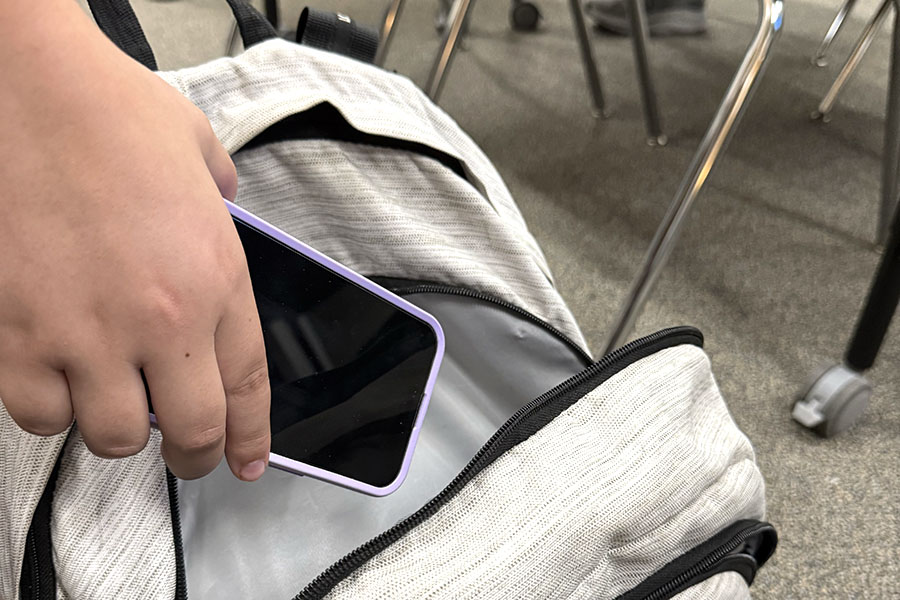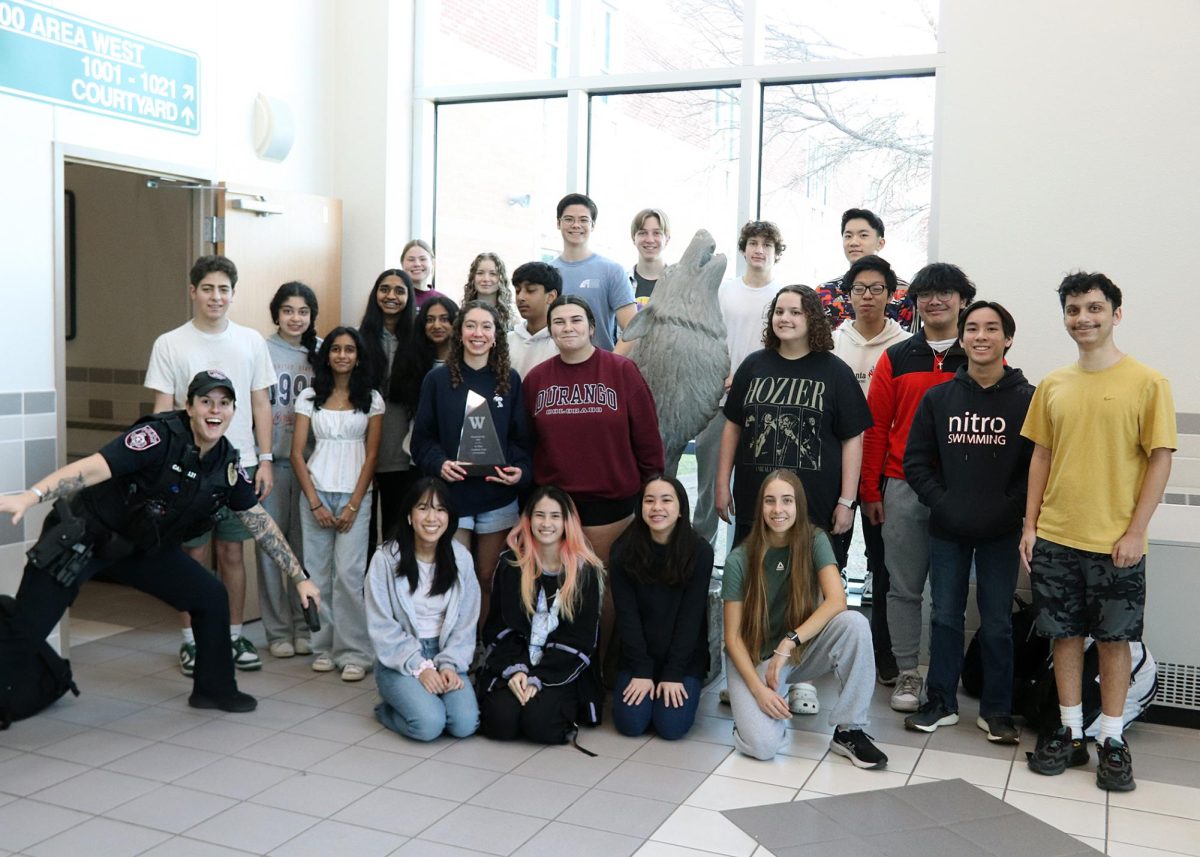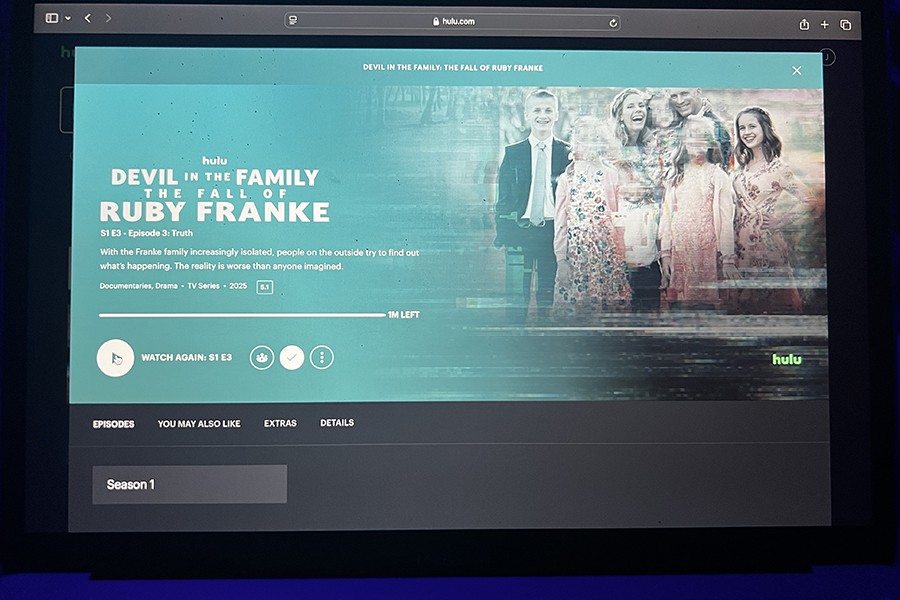Austin is the largest city in the United States without a planetarium. In fact, there isn’t a planetarium in the Central Texas region. The closest planetarium is located in San Antonio—a bit of a drive for school field trips and day trips with the family. The group Austin Planetarium, formed in 2004, has been attempting to create a planetarium a little closer to home. However, they have not been able to find an idea that has gained enough momentum until now. If built, the new planetarium would replace a parking lot close to the Bob Bullock Texas State History Museum and the Blanton Museum of Art. A planetarium would include a domed ceiling and a state-of-the-art opto-mechnical star projector which would display a high definition picture of the constellations and planets onto the domed ceiling. This would allow people to view the night sky regardless of time and weather, unlike an observatory which would have to be operated at night and require clear skies.
“It would help people see if they would want to major in science, if that’s what they wanted to pursue,” Al Alomari, senior, said.
Inspired by the idea of creating a planetarium in Austin, Mayor Bob Lemon of Cedar Park proposed a similar idea at the Cedar Park City Council meeting held February 11. The 4B Community Development Corporation ran with the idea and envisioned a much larger project, a science center complete with a planetarium, history museum, veteran’s museum, community center, art gallery and science lab. Lemon hopes that this will not only spark an interest in the sciences in children, but provide them with the means to explore what the world of science has to offer.
“I think it would be intriguing to everybody,” Morgan Gerber, junior, said. “It’s hands-on education.”
Mayor Pro Tem Matt Powell saw the idea as a way to possibly bring an IMAX theater to Cedar Park, which could show educational films and other movies, similar to the Bob Bullock IMAX Theatre. Concordia University in Austin and Austin Community College were asked if they would consider a partnership on the project, both were interested and are planning to discuss the idea with their respective board members.
“The science center is in its infancy right now,” Phil Brewer, director of Economic Development for the City of Cedar Park, said. “It’s more of a concept right now; an idea.”
Although not much progress has been made for Cedar Park’s science center and planetarium, ad hoc, a citizen’s committee focused on planning the science center, includes members from Concordia University. Cedar Park City Council hopes that members from ACC will also join the committee. A “public-private” partnership is required for the science center to be successful, especially from an educational standpoint. The committee’s job is to drill down and get more info so that this idea can become a plan. Money has already been set aside in the budget to do these assessments, so hopefully within the upcoming months more news will be shared about this new project.
“It will take a number of years…[for the science center] to materialize into reality,” Brewer said. “Due diligence is needed to get the questions answered.”
The Austin Planetarium group however, seems to have a more concrete idea for their planetarium that will hopefully begin development in 2012, with construction through 2014.
The Austin Planetarium group originally planned for the project to cost five million dollars; the figure has increased by at least ten fold now. The group is hoping for an 115,000 foot facility that will enhance the city’s already high-tech feel and bring more education opportunities to children who are interested in exploring science. They hope to create the largest planetarium in the world. Their plan for the planetarium would include a minimum of 250 seats and a dome that will have a diameter of at least 75 feet.
If both planetariums are built, there is sure to be competition between the two, considering that there are currently no planetariums in the Central Texas region. However Brewer believes that because Cedar Park plans to build an entire science center, it will be sure to attract many people from surrounding areas, even with competition.



![Jumping off the ground, senior linebacker Bennett Patton snatches the ball out of the air for an interception at Thursday’s game against Chaparral. Patton had two interceptions in the 56-14 victory, tying the school record for interceptions in a game. “I was just playing the game,” Patton said. “[I’m] going to go into next week, forget about it and stay humble.” Photo by Harper Chapman](https://cphswolfpack.com/wp-content/uploads/2025/09/bennett-interception.jpg)
![The fire department came to the school after students were evacuated when smoke started coming from the ceiling of a classroom. All students and staff are safe. “All of my friends left their stuff too, so we couldn’t contact our parents, and it was stressful,” senior Brynn Fowler said. “It was scary because I didn’t know [what was going on], and I couldn’t find anyone because it was a big crowd.” Photo by Anthony Garcia](https://cphswolfpack.com/wp-content/uploads/2025/09/firetruck.jpg)


![Sitting with her friend senior Sohpia Struve at last year’s Austin City Limits Festival, senior Ava Zuniga poses for a picture under a pavilion. They are frequent attendees at ACL, an annual music festival at Zilker Park. “I would recommend seeing a bunch of people,” Zuniga said. “This past year, we camped out for Chappell [Roan] for a really long time. I think the whole point of ACL, [which] is a lot of fun, is that you can go see so many different people, even if you don’t know them. So by camping by one person, it really limits yourself from being able to go see a bunch of people.” Photo courtesy of Ava Zuniga](https://cphswolfpack.com/wp-content/uploads/2025/10/EE9E9484-FE6F-4AA0-B5F5-0C177AB32841-1200x857.jpeg)
![Broadcast, yearbook and newspaper combined for 66 Interscholastic League Press Conference awards this year. Yearbook won 43, newspaper won 14 and broadcast took home nine. “I think [the ILPC awards] are a great way to give the kids some acknowledgement for all of their hard work,” newspaper and yearbook adviser Paige Hert said. “They typically spend the year covering everyone else’s big moments, so it’s really cool for them to be celebrated so many times and in so many different ways.”](https://cphswolfpack.com/wp-content/uploads/2025/05/edited-ILPC.jpg)




![Looking down at his racket, junior Hasun Nguyen hits the green tennis ball. Hasun has played tennis since he was 9 years old, and he is on the varsity team. "I feel like it’s not really appreciated in America as much, but [tennis] is a really competitive and mentally challenging sport,” Nguyen said. “I’m really level-headed and can keep my cool during a match, and that helps me play a bit better under pressure.” Photo by Kyra Cox](https://cphswolfpack.com/wp-content/uploads/2025/09/hasun.jpg)


![Bringing her arm over her head and taking a quick breath, junior Lauren Lucas swims the final laps of the 500 freestyle at the regionals swimming competition on date. Lucas broke the school’s 18-year-old record for the 500 freestyle at regionals and again at state with a time of 4:58.63. “I’d had my eye on that 500 record since my freshman year, so I was really excited to see if I could get it at regionals or districts,” Lucas said. “ State is always a really fun experience and medaling for the first time was really great. It was a very very tight race, [so] I was a bit surprised [that I medaled]. [There were] a lot of fast girls at the meet in general, [and] it was like a dogfight back and forth, back and forth.” Photo by Kaydence Wilkinson](https://cphswolfpack.com/wp-content/uploads/2025/03/Kaydence-2.7-23-edit-2.jpg)
![As the support team sits and poses for a photo in the cafeteria with the counseling team they eagerly wait to start their day. "We [all] seem to be a team, I get up every day and there's days where I don't want to go to work today, but I'm thankful that I have a job and I'm blessed to have what I have," Christopherson said. Photo Courtesy of Julie Weltens.](https://cphswolfpack.com/wp-content/uploads/2025/01/AF9E8470-10D7-4C91-BF28-EC8F86BAB66C-1200x852.jpeg)
![Officer Stephanie Cash is in her second year as an SRO at CPHS. “Seeing [students] grow over the years has been kind of cool,” Officer Cash said. “Freshmen that [are] all over the place and then in the next couple of years get a little more squared away and go to class and do work and start thinking about the future. Being a part of a student's growth is the best way to measure my success as an SRO.” Photo Courtesy of Cedar Park Police Department's PIO, Alicia Gallagher.](https://cphswolfpack.com/wp-content/uploads/2024/12/CPHS-SRO-900x1200.jpg)
![As he sprints with the ball, senior running back Trae Hill breaks a tackle during Friday’s 35-14 loss against the Vandegrift Vipers. Hill ran for 135 yards and two touchdowns during the game. “[Scoring] was electric,” Hill said. “It always feels good to score, but the O-line did everything.”](https://cphswolfpack.com/wp-content/uploads/2025/09/IMG_0795allie.varfb_-1200x799.jpg)














